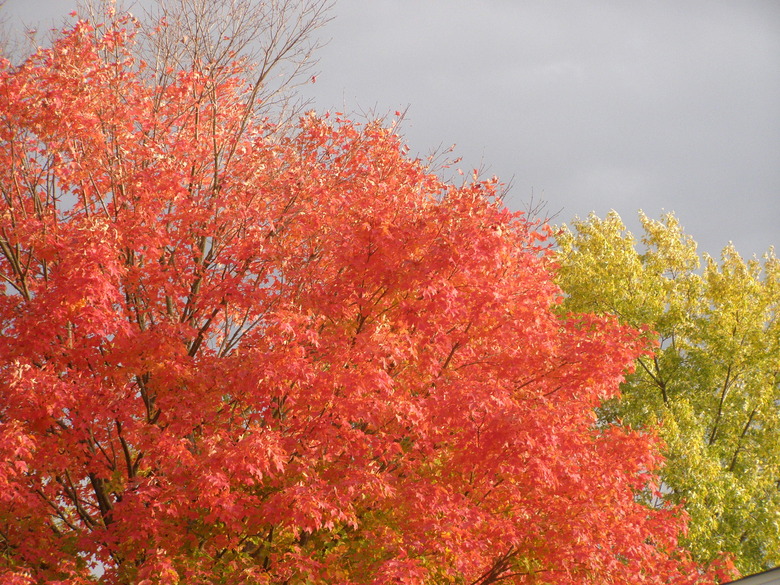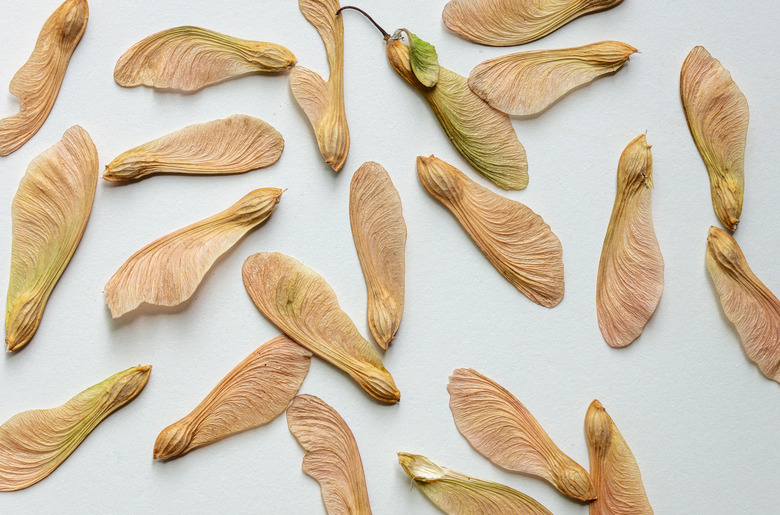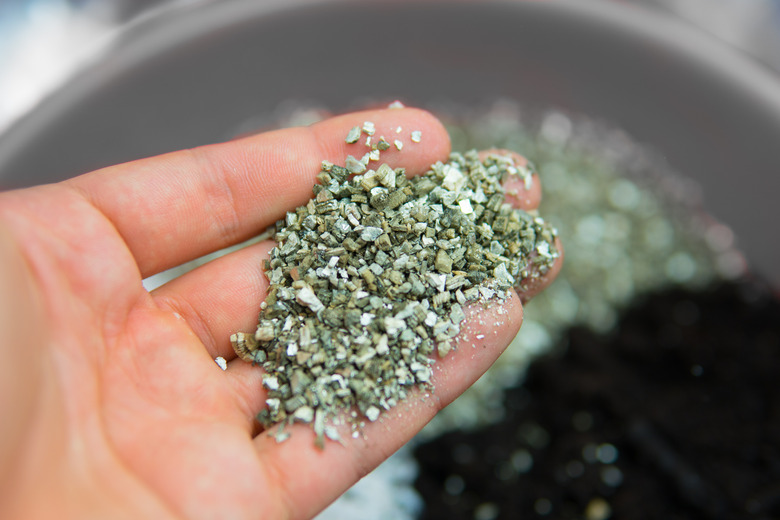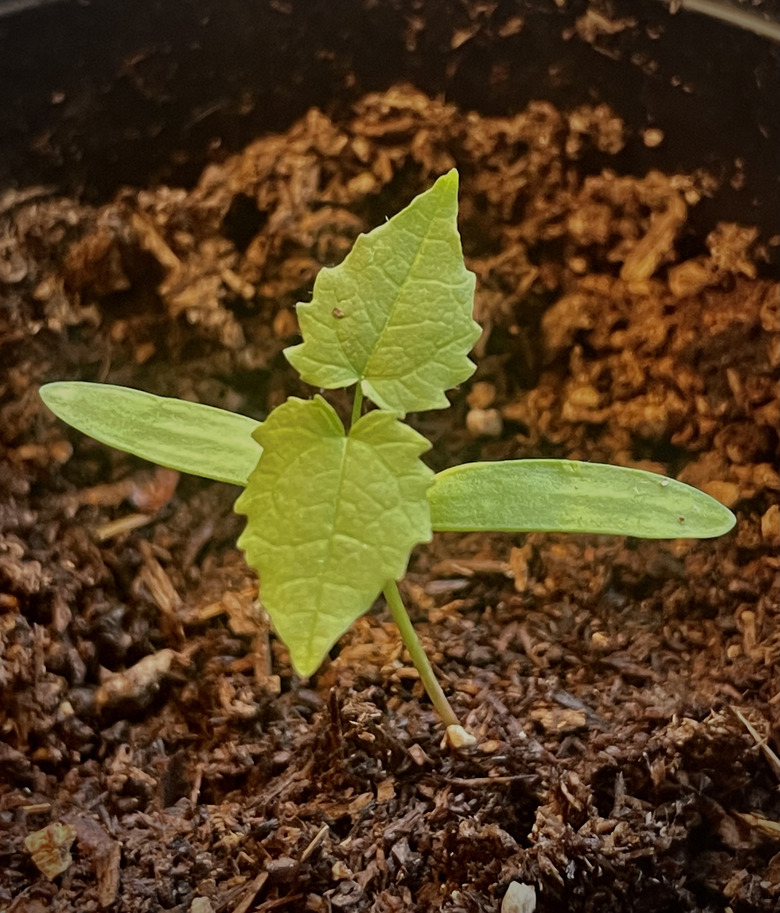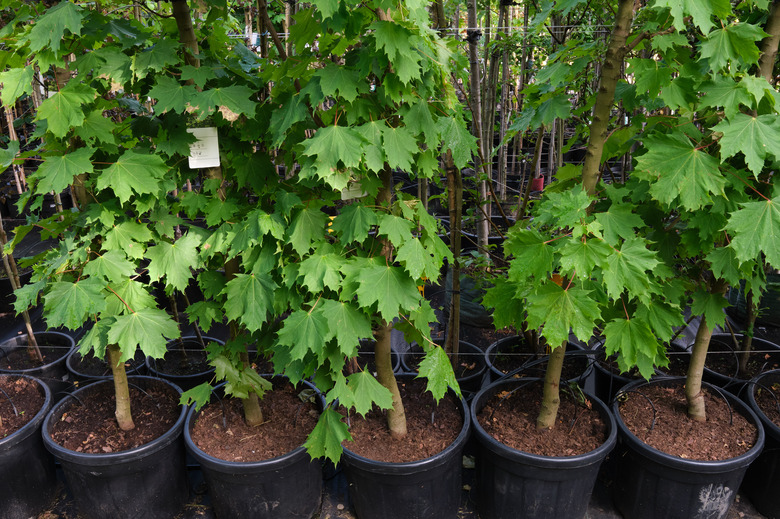Growing Maple Trees From Seed
Growing a maple tree from seed is a straightforward process, but it may not be suitable for every maple species. Most maple trees (Acer spp.) grow well within USDA hardiness zones 3 to 9, although hardiness varies among these versatile deciduous trees.
They are commonly cultivated as landscaping trees for their stunning, hand-shaped leaves that exhibit vibrant autumn color in shades of yellow, red and orange.
In most cases, seed-grown maple trees closely resemble their parent tree. However, it's worth noting that Japanese maples (Acer palmatum, zones 5 to 8) are typically propagated through grafting, as seed-grown trees may not possess the same level of cold hardiness.
Collecting Maple Seeds
Maple trees produce inconspicuous blossoms that ripen into seeds once pollinated. Most maple seeds are ready for harvest in autumn, but the seeds of the red maple (Acer rubrum, zones 3 to 9) and silver maple (Acer saccharinum, zones 3 to 9) are usually ready for harvest in late spring or early summer of the following year.
- Gather maple seeds once they lose their greenish tinge and take on a solid bronze, brown or red color. Ripe seeds will fall to the ground in clusters, which can be scooped up from the lawn or wherever they fall.
- Collect the seeds in a shallow bowl or pan. Pick through them and choose seeds with unblemished wings, a solid seed coat and no sign of holes or mildew, which could mean that the seed inside is dead or damaged.
Maple seeds germinate just fine with their papery wings intact, so don't worry about breaking apart the samaras to extract the seeds. However, if you want to start many seeds in the same pot, it might be a good idea to remove the wings simply to make the seeds smaller for sowing.
About Maple Seed Stratification
Seeds from nearly every maple tree species need cold stratification in order to sprout. This period of cold exposure mimics the natural chilling that seeds experience outdoors during the winter months. It is simple to do, but the temperature and length of stratification required varies between maple tree species.
- Norway maples (Acer platanoides, zones 3 to 7) need 90 to 120 days of stratification at temperatures around 41°F.
- Seeds from red maple trees can be sown without stratification, but germination is variable. A 60- to 90-day period of stratification at temperatures between 33 to 39°F will not hurt the seeds and can improve germination.
- Silver maple seeds also grow without pretreatment but, like red maples, can benefit from 60 to 90 days at 33 to 39°F. Chilling will not hurt the seeds.
- Sugar maple tree seeds (Acer saccharum, zones 3 to 8) need 40 to 90 days of chilling at 33 to 39°F.
- Japanese maple trees need 100 days of chilling in the refrigerator at temperatures between 33 and 39°F. Before chilling Japanese maple seeds, cover them with boiling water and soak them for 24 hours.
How to Stratify Maple Seeds
Stratifying maple seeds is very straightforward but the process takes patience. Also, the seeds need close monitoring during the chilling process, because they can't be allowed to dry out completely.
- Place moistened sterile medium such as vermiculite, peat moss or perlite inside a plastic bag or plastic food storage container. Bury the seeds in the moistened medium.
- Store the bag or container inside the refrigerator for the appropriate amount of time for the species. Check it periodically to make sure that the medium is still moist. Remoisten it with a misting bottle, if it feels completely dry.
Occasionally, seeds will sprout during the stratification process. Remove those sprouted seeds and plant them in a pot of moist potting soil. Set the pot in a bright location indoors near a window with full sun.
Tip
Coconut coir is a sustainable replacement for peat moss.
Germinating Maple Seeds
Once your maple seeds are chilled, they are ready for germination. Maple seeds can be sown directly in the ground in a location with full sun and well-draining soil, or they can be started in nursery pots.
Starting maple seeds in nursery pots is a good idea, because it will allow you to more closely monitor and control the growing conditions.
- Fill small nursery pots with moist potting soil. Use pots with drainage holes at the base, because the seeds need well-draining soil.
- Sow a handful of seeds in each pot to help ensure that you'll get at least one seedling in each pot. Most maple seeds sprout well when sown at a 1/4- to 1-inch depth.
- Set the pots outdoors in a sheltered location with full sun. Check the soil moisture level often and water whenever it feels nearly dry below the surface.
Maple tree seed germination is variable and can take several weeks or several months. Watch for seedlings in early to mid-spring after the soil warms.
If multiple seeds sprout, keep only the strongest one and snip off the others at the base using small, sharp scissors.
Caring for Maple Tree Seedlings
Maple tree seedlings must be grown under sheltered conditions for two to three years before transplanting them into a permanent spot in the garden. These slow growers need plenty of moisture, protection from strong winds and bright light to keep their structure strong.
- Position the young saplings in full sun with partial shade during the hottest part of the day. Slowly acclimate them to direct sunlight until they can tolerate it all day without wilting.
- Maple tree saplings should be repotted after their first year to give their root ball room to spread out. Choose a pot that is 1 to 2 inches larger than the original.
- Transplant the sapling into a site with the appropriate growing conditions for the species. Most maple trees grow well in moist, well-draining soil with full sun, although heat-sensitive species such as Japanese maples need partial shade.
